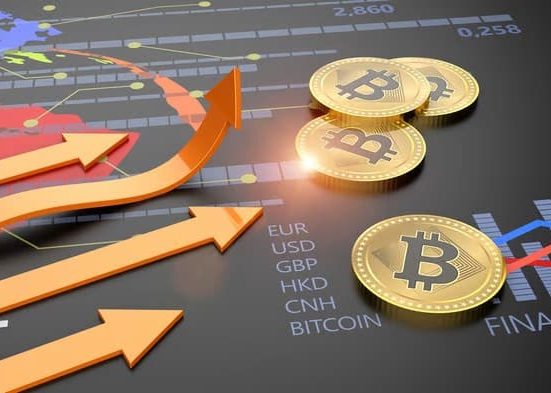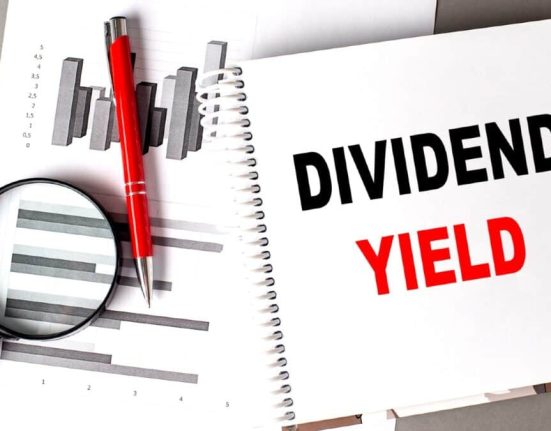
Image source: Getty Images
The ASX 200 Financials (ASX: XFJ) sector accounts for around 30% of the S&P/ASX 200 Index (ASX: XJO) and is largely made up of Australia’s ‘Big Four’ banks – Commonwealth Bank of Australia (ASX: CBA), Westpac Banking Corp (ASX: WBC), National Australia Bank Ltd (ASX: NAB) and ANZ Group Holdings Ltd (ASX: ANZ).
For the year-to-date the XFJ has risen 9.52%. Over the same period CBA’s share price has risen 35.47%, Westpac shares are 20.21% higher, NAB shares are 6.34% higher, and ANZ shares have risen 1.54%.
The ASX 200 Materials (ASX: XMJ) sector accounts for around 20% of the ASX 200 index and features mining giants like BHP Group Ltd (ASX: BHP) and Rio Tinto Ltd (ASX: RIO).
For the year-to-date, the XMJ has risen a more modest 1.96%. Over the same period, BHP shares have fallen 9.8% and Rio Tinto shares have fallen 7.98%.
It’s clear the bank stocks have outperformed the mining giants over the past year, but what can we expect going forward?
Have the Big Four Banks reached a share price ceiling? Are the mining giants about to stage a comeback? And most importantly, should investors be making the switch from banking stocks to mining stocks before earnings season?
Outlook for ASX 200 banking stocks
While the share price of the Big Four banks have grown over the past year, many analysts are expecting a correction ahead.
Macquarie said it expects the divergence between Big Four bank share price performance and the earnings outlook continues to grow, but the broker said it expects earnings headwinds from rate cuts, with the market pricing in 3 or 4 more cuts.
For example, ASX experts consider CBA shares as ‘grossly overvalued’. They argue that the bank’s share price rise doesn’t match its stagnant earnings growth or its low investor dividend yield.
Data shows most analysts hold a strong sell rating on CBA shares, with a 12-year forecast of a maximum of $143.00 and an average of $117.33. This represents a potential 20.45% to 34.73% decline from the share price at ASX close on Tuesday.
For Westpac, most analysts hold a sell rating and predict an average 12-month forecast of $28.06. This suggests a potential average 16.95% drop from the share price at ASX close on Tuesday.
Analysts mostly hold a neutral rating on NAB shares, with the average predicted 12-month price of $33.16 which is 16.28% lower than ASX close on Tuesday.
As for ANZ, most analysts maintain a hold position. The data shows an average 12-month forecast of $27.60, which is 8.87% lower than the ASX close on Tuesday.
Outlook for ASX 200 miners
While its share price has dwindled over the year, mining giant BHP still remains one of the most popular ASX-listed share options for investors looking for passive income. In recent years, the Big Australian has rewarded its shareholders with tens of billions of dollars in dividends.
Likewise, Rio Tinto has consistently been an attractive option for income-seeking investors, also trading on an attractive fully franked dividend yield.
Unfortunately many of the headwinds facing Australia’s mining sector – US President Donald Trump’s global tariffs, lower iron ore prices, lower overall export earnings, and overall pricing pressure – are likely to continue through 2026. However the miners are well positioned to weather some of the volatility.
Data shows most analysts hold a buy rating for BHP shares. The consensus is an average 12-month share price of $42.15 and a maximum or $45.44. This represents a potential 7.00% to $15.36% upside from the miners share price at the ASX close on Tuesday.
It’s a similar story for Rio Tinto shares. Analysts mostly have a buy rating with the predicted 12-month share price at an average of $117.78 and a maximum of $148.17. That’s an upside of 6.80% to 34.36% from ASX close on Tuesday.
Should I ditch my banking stocks for the mining giants?
It depends on your risk appetite. Conservative and income-focused investors might find it beneficial to stick with banking stocks through the earnings season and reassess afterwards. Those looking for stronger growth and who are willing to take on more risk might find potential outperformance of the mining giants more attractive.






